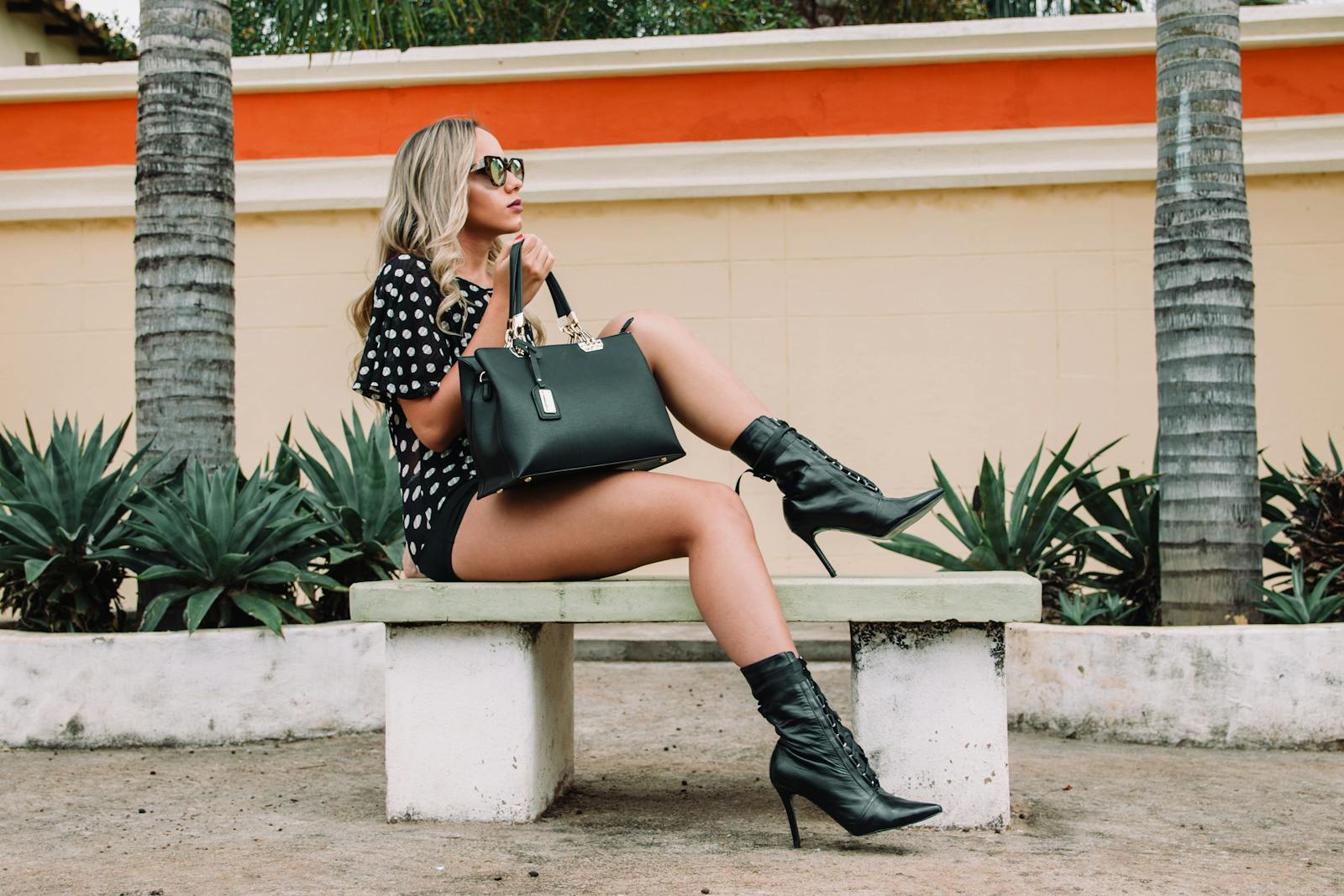
Fashion has always been a form of personal expression and cultural identity. However, despite the progress in gender equality and the fight for women’s rights, women continue to face unfair judgments based on what they wear. This phenomenon persists, reflecting deep-rooted societal norms and cultural expectations. In this section, we’ll explore ten reasons why women are still unfairly judged on their fashion choices today.
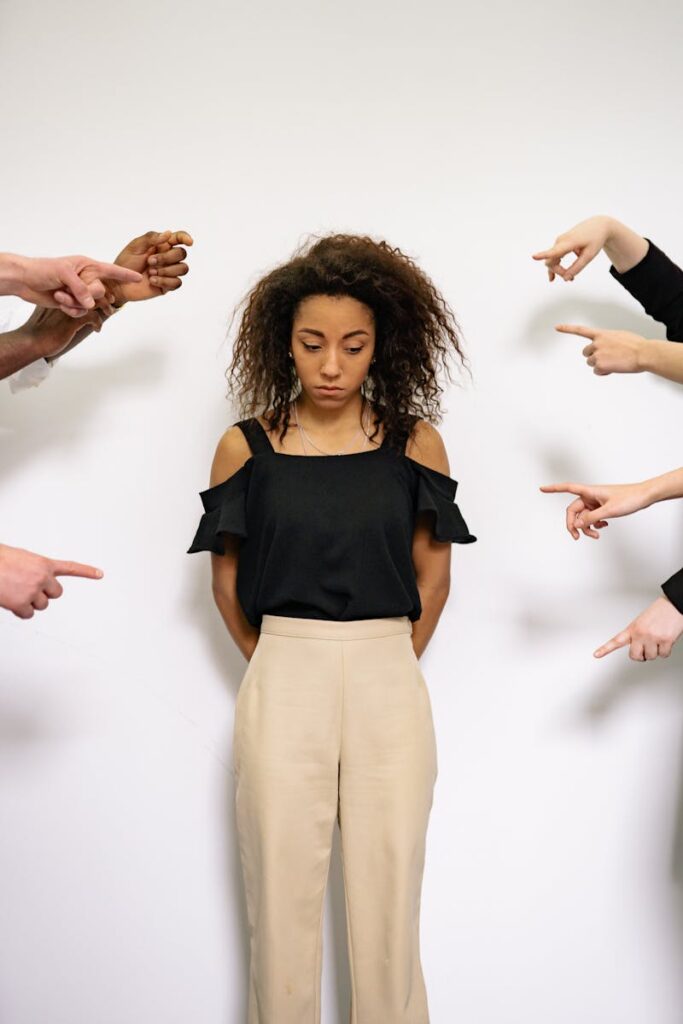
1. **Societal Norms and Expectations**: Society has long dictated what is considered ‘appropriate’ attire for women. These norms often stem from historical, cultural, and religious beliefs that have been ingrained over centuries. Despite advances in gender equality, these expectations persist, influencing public perceptions of women’s fashion choices. Women who deviate from these norms often face criticism and judgment, as their attire is seen as a challenge to traditional values.
2. **Media Representation**: The media plays a significant role in shaping public perceptions of women’s fashion. Magazines, television shows, and social media platforms frequently focus on women’s appearances, often scrutinizing their clothing choices. This constant spotlight creates an environment where women are judged not only on what they wear but also on how they wear it. The result is a pressure to conform to idealized standards of beauty and fashion set by media portrayals.

3. **Double Standards**: Women often face double standards in how their fashion choices are perceived compared to men. While men are generally afforded more freedom in their attire without facing the same level of scrutiny, women are held to different standards. For example, a woman wearing a revealing outfit might be labeled as ‘attention-seeking,’ whereas a man in a similar situation might not face the same judgment.

4. **Cultural Stereotypes**: Cultural stereotypes continue to influence how women’s fashion choices are judged. Certain clothing styles can be associated with specific stereotypes, leading to assumptions about a woman’s character or lifestyle. For instance, a woman wearing revealing clothing might be unfairly stereotyped as promiscuous, while one in traditional attire might be seen as conservative.

5. **Professional Settings**: Even in professional environments, women face judgments based on their attire. Dress codes in workplaces often reflect gender biases, with women being criticized for clothing that is deemed ‘too casual’ or ‘too provocative.’ This can impact their career advancement and how they are perceived by colleagues and superiors.
6. **Influence of Social Media**: Social media platforms amplify the scrutiny of women’s fashion choices. Posts and images can quickly go viral, leading to widespread commentary and criticism. This environment creates pressure for women to present themselves in a way that conforms to societal expectations, often at the expense of their personal comfort and expression.
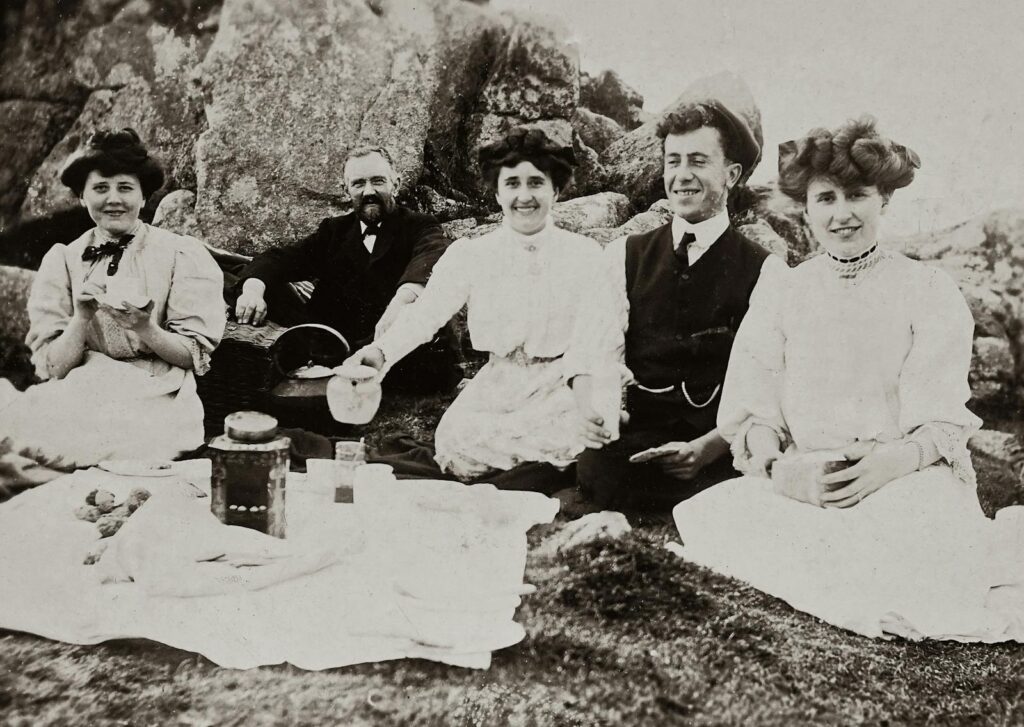
7. **Historical Contexts**: Historical contexts of fashion continue to influence modern judgments. Throughout history, women have been judged by their attire, with dress codes reflecting social class and moral values. These historical precedents linger in contemporary society, perpetuating the notion that a woman’s clothing reflects her worth and character.
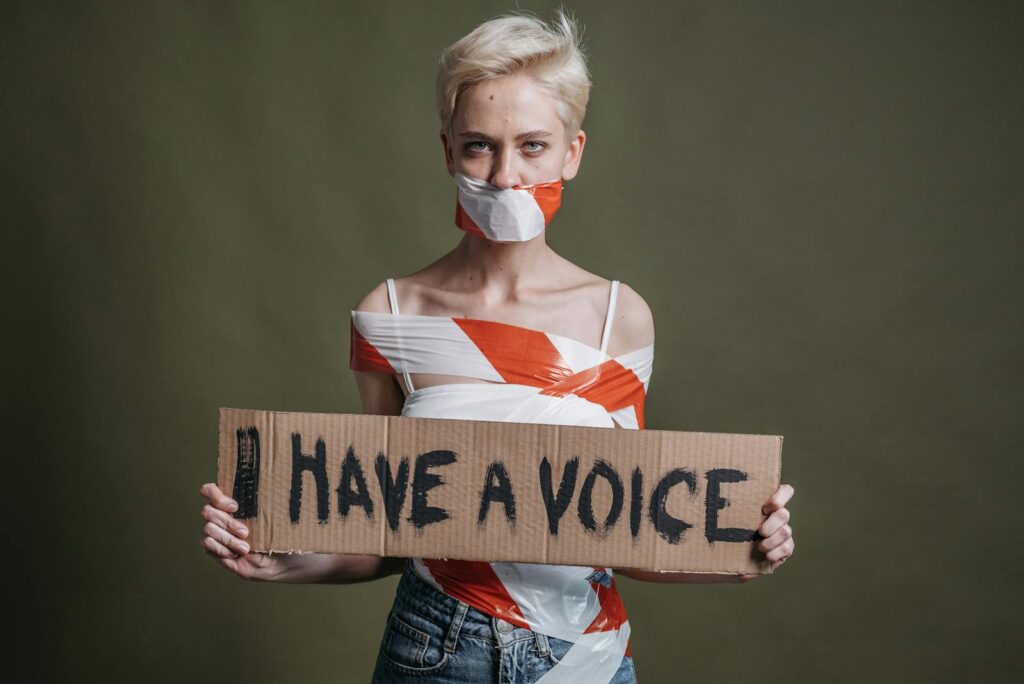
8. **Gender Inequality**: The broader issue of gender inequality plays a role in how women’s fashion choices are judged. As long as societal structures continue to uphold patriarchal values, women will face disproportionate scrutiny over their attire. Addressing these inequalities is crucial to changing perceptions and reducing unfair judgments.

9. **Religious Influences**: Attire that is deemed acceptable or not often traces back to religious beliefs that have shaped cultural norms for centuries. In many societies, religious doctrine has dictated what is considered modest or inappropriate clothing for women. This influence remains strong in 2023, where women who choose attire that contradicts these religious standards might face severe judgment or even ostracism.
Religion, for many, is a guiding principle that informs everyday decisions, including wardrobe choices. In some cases, women might choose to adhere to religious dress codes out of personal conviction. However, when societal pressure enforces these choices as mandatory rather than optional, it becomes a factor of unfair judgment. The right to choose one’s attire, irrespective of religious norms, continues to be a contentious issue, highlighting the ongoing struggle for personal expression.
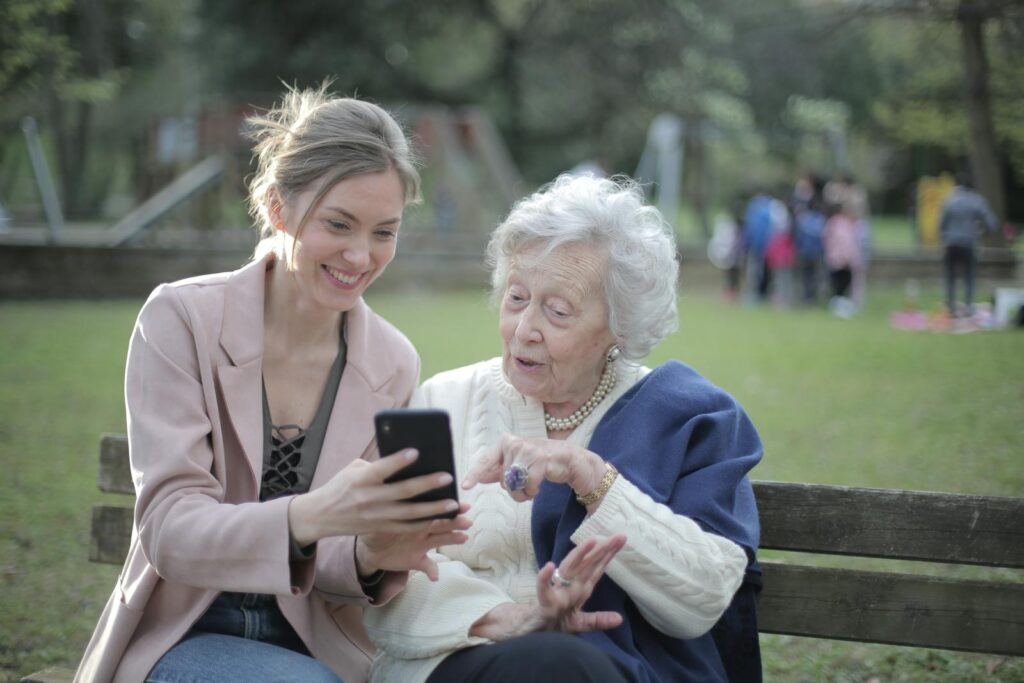
10. **Generational Differences**: Fashion trends often see a generational divide, with older generations sometimes holding conservative views on what is considered acceptable attire. This clash of perspectives can lead to judgment, as younger women might be criticized for not adhering to traditional dress codes that older generations were accustomed to. Such generational biases are often rooted in nostalgia for “simpler times,” which can be dismissive of modern trends that embrace bolder styles and self-expression.
The generational gap in fashion can also impact family dynamics, where younger women face pressure from within their family to conform to outdated styles. In instances where young women dress in ways that defy these familial expectations, they may find themselves under scrutiny, not only from their families but from broader societal circles as well.
The judgments women face based on their attire are a complex web of cultural, societal, and individual factors. These influences persist, reflecting broader issues of gender inequality that are yet to be resolved. Until society as a whole becomes more accepting of diverse expressions of identity and individuality, women will continue to navigate the often unfair scrutiny of their fashion choices with resilience and grace. The key to change lies in promoting inclusivity, respect, and understanding, creating a world where fashion truly serves as a celebration of individuality.
Related posts:
This Salem woman will judge at Westminster, the Super Bowl of dog shows
Bill Maher calls actor ‘crazy woke’ for refusing to judge women’s traditional dress in Muslim countries
The Deeper Meaning Behind Justice Ketanji Brown Jackson’s Collar at the 2025 Inauguration





